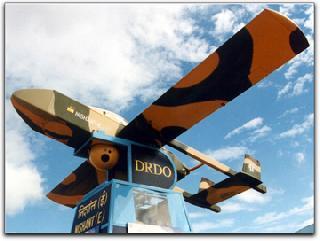
An file photo of India's UAV 'Nishant'.
BANGALORE (PTI): India is planning to develop a solar-powered Unmanned Aerial Vehicle (UAV) and scouting for a foreign partner for collaboration.
The proposed solar-based UAV would have much longer flight duration - as high as 15 days, compared to conventional UAV, according to sources in the Bangalore-based Aeronautical Development Establishment (ADE), a lab of the Defence Research and Development Organisation.
"We are looking for collaboration with a foreign partner to develop this UAV", an ADE official said.
ADE has also developed Mini UAVs of two kg class, which is undergoing flight trials, and micro UAVs of 300 mm size.
Both of these UAVs have been demonstrated to the users which included police from various states, paramilitary forces in addition to the three services. The orders in bulk are expected, sources said.
ADE has successfully developed Pilotless Target Aircraft Lakshya-I which can fly at a speed of 300 km/hr for 45 minutes. Three services have already placed order for more than 50 aircraft. Later, Lakshya-II was developed which flies at higher speed of 700 km/hr at altitudes as low as 25 metres with complete digital electronics. User trials were completed and this would be inducted shortly into the service.
Nishant UAV was developed with payload capacity of 60 kgs and endurance of four hours. This was accepted by the services, which have placed the orders for more than ten aircraft, the sources said.
"ADE has now developed modified and advanced Lakshya which has undergone trials with the users and we are working with the users for their applications," the official added.
 Previous Article
Previous Article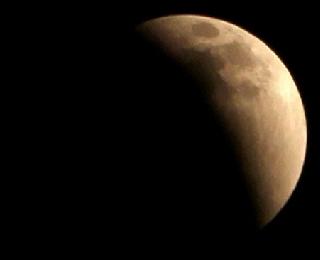 Next Article
Next Article
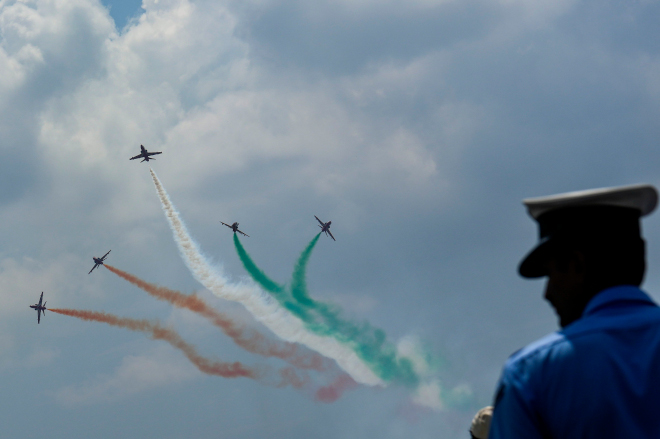
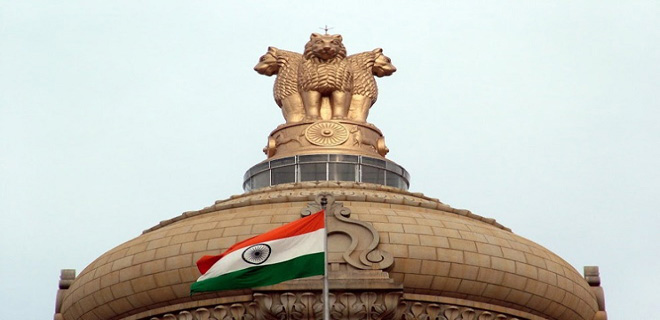
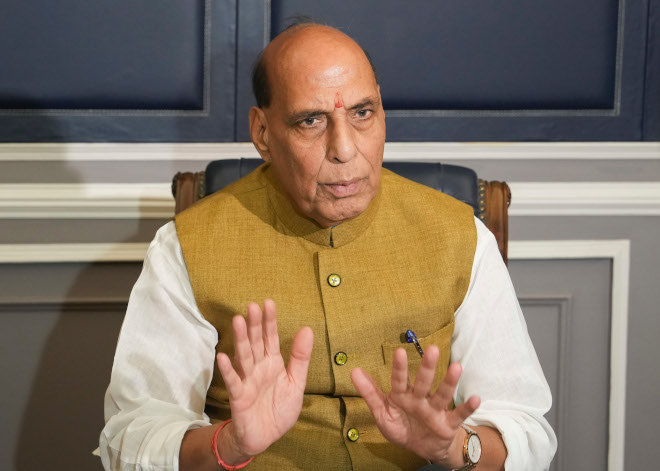










The Indian Air Force, in its flight trials evaluation report submitted before the Defence Ministry l..
view articleAn insight into the Medium Multi-Role Combat Aircraft competition...
view articleSky enthusiasts can now spot the International Space Station (ISS) commanded by Indian-American astr..
view article